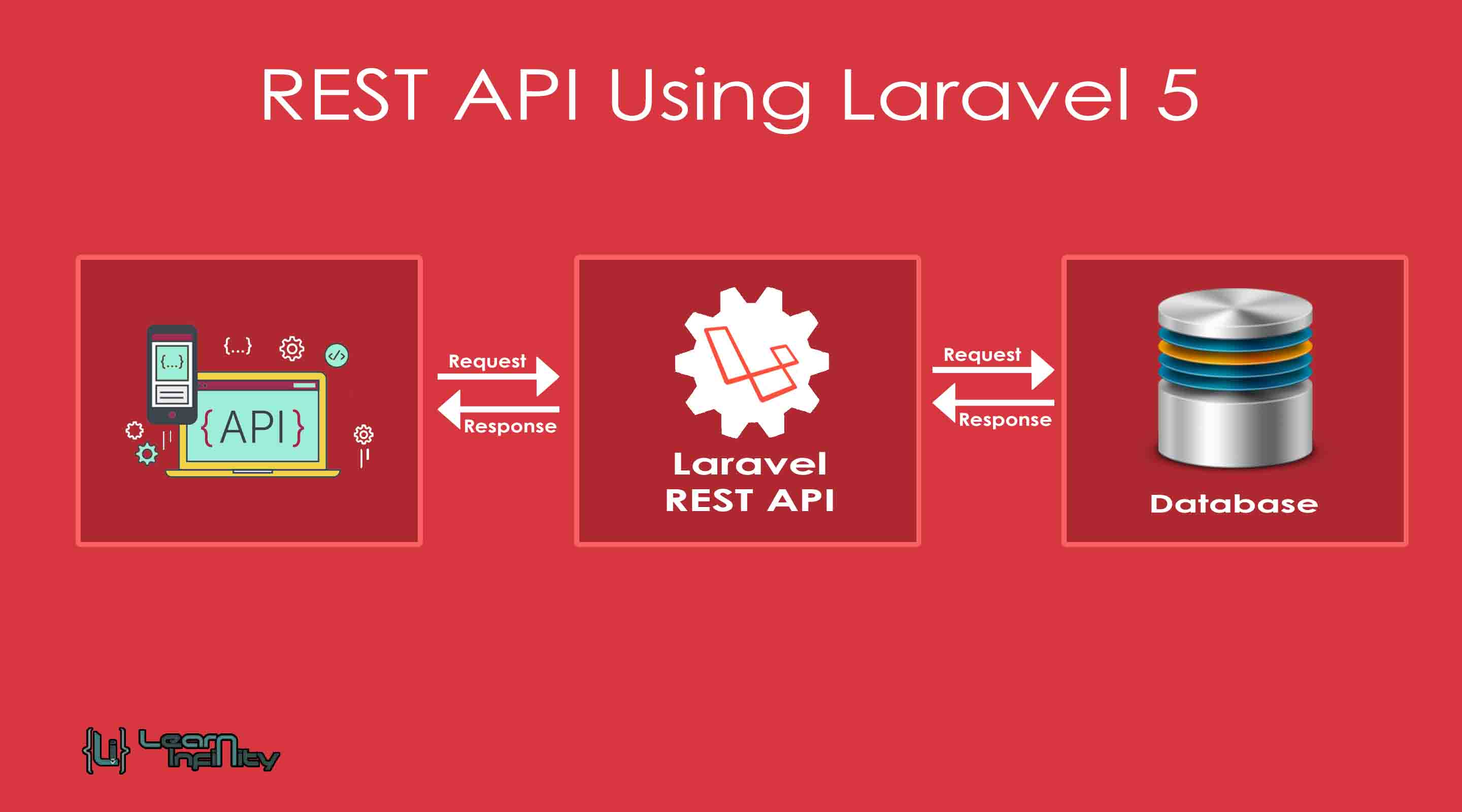
Express Js vs. Laravel which framework is best for building REST API
What is ExpressJS? Sinatra inspired web development framework for node.js -- insanely fast, flexible, and simple. Express is a minimal and flexible node.js web application framework, providing a robust set of features for building single and multi-page, and hybrid web applications.
What is Laravel? A PHP Framework For Web Artisans. Laravel is a web application framework with expressive, elegant syntax. We believe development must be an enjoyable, creative experience to be truly fulfilling. Laravel attempts to take the pain out of development by easing common tasks used in the majority of web projects, such as authentication, routing, sessions, and caching.
ExpressJS can be classified as a tool in the "Microframeworks (Backend)" category, while Laravel is grouped under "Frameworks (Full Stack)".
Express is a perfect choice for a server when it comes to creating and exposing APIs (e.g. REST API) to communicate as a client with your server application. Previously you have already implemented one Express route, which sends a "Hello World!", that you have accessed via the browser and cURL.24-Apr-2020.
It’s important to note that, during testing, the Laravel application is not instantiated again on a new request. Which means that when we hit the authentication middleware, it saves the current user inside the TokenGuard instance to avoid hitting the database again. A wise choice, however—in this case, it means we have to split the logout test into two, to avoid any issues with the previously cached user.
An API is always needed to create mobile applications, single page applications, use AJAX calls and provide data to clients. An popular architectural style of how to structure and name these APIs and the endpoints is called REST(Representational Transfer State). HTTP 1.1 was designed keeping REST principles in mind. REST was introduced by Roy Fielding in 2000 in his Paper Fielding Dissertations.
RESTful URIs and methods provide us with almost all information we need to process a request. The table given below summarizes how the various verbs should be used and how URIs should be named. We will be creating a movies API towards the end; let us now discuss how it will be structured.
| Method | URI | Details | Function |
|---|---|---|---|
| GET | /movies | Safe, cachable | Gets the list of all movies and their details |
| GET | /movies/1234 | Safe, cachable | Gets the details of Movie id 1234 |
| POST | /movies | N/A | Creates a new movie with the details provided. Response contains the URI for this newly created resource. |
| PUT | /movies/1234 | Idempotent | Modifies movie id 1234(creates one if it doesn't already exist). Response contains the URI for this newly created resource. |
| DELETE | /movies/1234 | Idempotent | Movie id 1234 should be deleted, if it exists. Response should contain the status of the request. |
| DELETE or PUT | /movies | Invalid | Should be invalid. DELETE and PUT should specify which resource they are working on. |


















Comments are Turned Off for Now